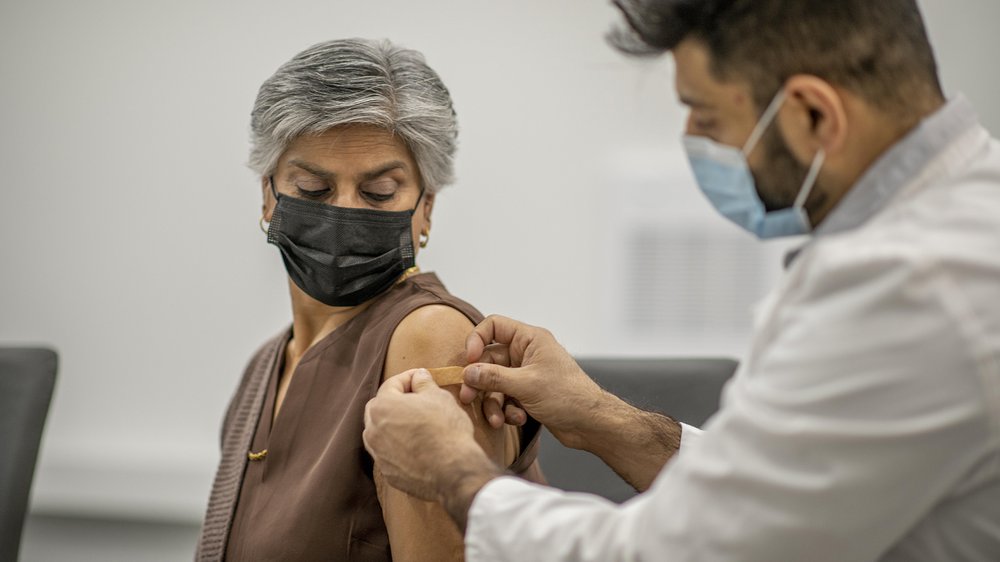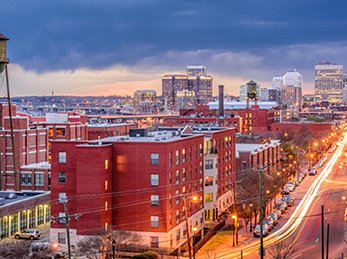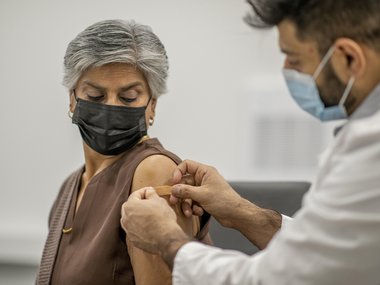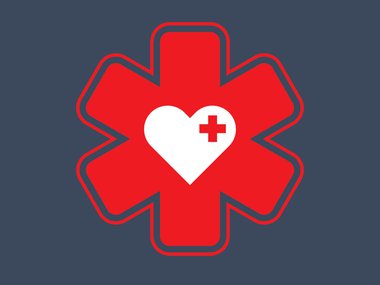Question Your World: What Will the Immediate Future Look Like?
Sometimes it feels like there are just two news stories happening these days, news about the virus and news about re-opening. There are places all over the globe taking on medical and economic issues through a global pandemic, and many of them have varying numbers and situations unique to their individual regions. In this COVID-19 world, the question on everyone's mind is - what will the immediate future look like?
Medical experts around the globe are watching out for a potential second spike in COVID-19 cases as some social distancing restrictions begin to be lifted. This is not the first time science has seen this type of data. Scientists know that a resurgence in cases after relaxing social distancing is likely, based on historical evidence from previous pandemic outbreaks.
The 1918 flu pandemic showed how social distancing measures were an effective tool in slowing the spread and preventing an overwhelming of medical systems. Scientists saw the effectiveness of social distancing in 1918 by looking at two cities experiencing an ourbreak. Philadelphia, which did not take immediate steps to promote social distancing, and St. Louis, which did take steps to encourage social distancing very quickly. Philadelphia continued to allow large public gatherings for over two weeks after their first few cases, including a parade. This ultimately overwhelmed their hospital systems' ability to keep up with the epidemic and resulted in a high rate of mortality. In St. Louis, however, social distancing practices like canceling events and closing bars and theaters was instituted only two days after their first few cases were reported. This not only delayed the peak of mortality, but also drastically lowered the peak death rate - eightfold - compared to Philly.

Image credit: Getty Images
The 1918 flu pandemic also allows us to see what happened once social distancing measures were loosened. A second spike in flu cases appeared in late 1918 and early 1919 as people started to interact again - giving the virus a chance to spread once again. Even here in Richmond, a resurgence in cases occurred when social distancing measures were loosened.
The biggest difference between the initial outbreak and a resurgence is that our medical systems and the public can be better prepared. The same thought applies to many places around the world these days. South Korea, which received global praise for early action in containing the virus, has now seen a small resurgence in positive cases due to people attending newly reopened night clubs and bars. However, thanks to aggressive use of contact tracing technology and widespread testing, South Korea has already tested 4,000 people who visited those night clubs and is quickly tracking down the 3,000 or more people who may have been exposed to those individuals. China, too, is seeing a slight rise in local infections in some regions. Now, they're reinstating social distancing and partial lockdowns to continue to combat the spread of the virus.
Here in Virginia, scientists are urging citizens to follow the Governor's Phase One guidelines very carefully. This means more of the “2020 greatest hits”: Wash your hands regularly, disinfect frequently touched surfaces, avoid groups, and keep track of people you’ve encountered for efficient contact tracing.
The data-driven guidelines needed for Virginia’s phase one re-opening are an increased amount of daily COVID-19 testing, low strain on medical resources, and a decline in percent positive COVID-19 cases. Scientists and medical experts are encouraging citizens to stay home if they can to slow the virus’ spread and help get Virginia on track to a safer future.
A friendly reminder that we are still truly in this together, worldwide. Stay safe and healthy out there everyone.
The Museum is hard at work helping you to discover your world despite dramatically reduced financial resources. If you'd like to help us continue this work, click here to learn how.


